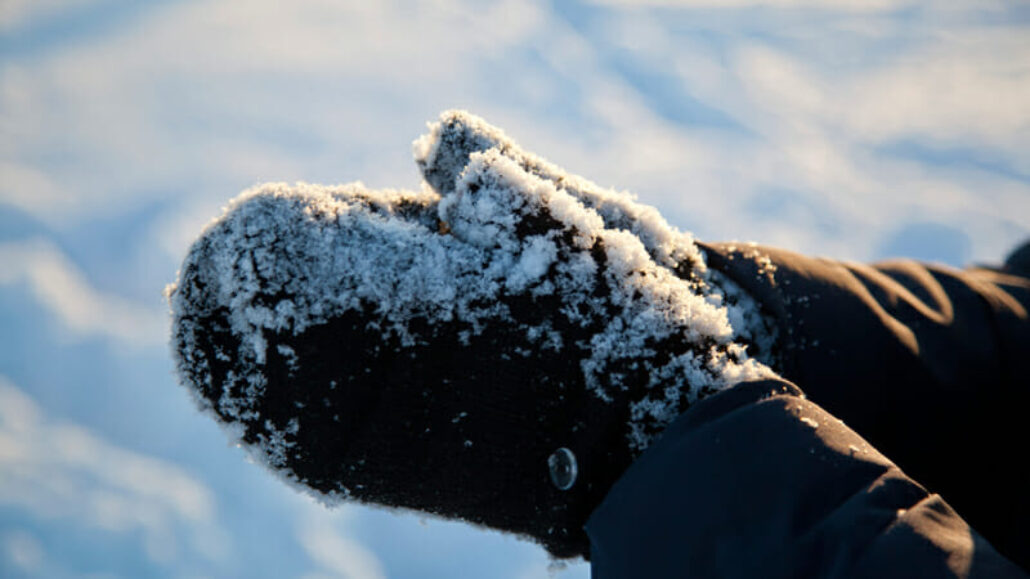Snow and icy temperatures make hands and wrists vulnerable to cold-weather injuries. We explain some of the most common injuries to hands during the winter months, with tips to avoid them.
Snow and chilly temperatures turn Minnesota into a winter wonderland, but winter weather can also make our daily routines more hazardous for our hands. Many common winter weather hand and wrist injuries could be avoided by following a few simple guidelines. We identify common injuries, with winter safety tips to help you protect your hands and wrists during our snowy season.
Slip and fall injuries
It’s no surprise that slip and fall injuries increase during winter months. Many of these injures are the result of our instinct to break our fall with our hands or arms. The most common fall-related hand injury is a fracture of the radius. The radius is the bone in your forearm that is closest to your thumb. During the impact of a fall, radial fractures typically occur at the wrist joint. Some of these injuries can be repaired non-surgically by anesthetizing or sedating the patient and then putting the fractured bone back into position. If the break is severe, surgery may be necessary. The best way to avoid a fall-related fracture is not to fall in the first place. Exercises to increase balance, proper winter footwear, attention to your route conditions, and slowing down on slippery surfaces are good ways to sidestep a fall.
Snowblower hand
Snowblowers are very handy tools, but when wet thick snow causes the blower blades to stick, you want to keep your hands away from them. When stuck blades are freed, built-up torque on the blade can cause it to advance abruptly, even if the machine is off. When people use their hands to clear the blades, injuries can be severe, mangling bones, tendons, and nerves. In some cases, patients have lost multiple fingers and suffered permanent loss of function. Protect your hands by using a stick or other implement to clear the blades. Never use your hands.
Frostbite injuries
In cold temperatures—especially when wind chill is a factor—fingers are vulnerable to frostbite damage. Children and the elderly are particularly vulnerable to frostbite. If you can’t stay indoors during cold snaps, bundle up, and choose warm gloves or mittens. Make it a habit to come inside to warm up when you start feeling the cold.
We want you to keep your hands safe while you enjoy the winter season. Following these tips will help you protect your hands while you safely enjoy winter activities.
Summit Orthopedics provides personalized hand and wrist expertise
The function of our hands is integrated through our wrists and arms to our shoulders; a problem anywhere along our arm may have a significant impact on hand function and quality of life. If you experience an injury or uncomfortable symptoms, our fellowship-trained hand and wrist surgeons are here to help. Summit physicians receive the highest levels of training and exclusively provide individualized care for conditions of the hand, wrist, and elbow.
Start your journey to better function and less pain. Find your hand expert, request an appointment online, or call us at (651) 968–5201 to schedule a consultation.
Summit has convenient locations across the Minneapolis-St. Paul metro area, serving Minnesota and western Wisconsin. We have state-of-the-art centers for comprehensive orthopedic care in Eagan, MN, Plymouth, MN, Vadnais Heights, MN, and Woodbury, MN, as well as additional community clinics throughout the metro and southern Minnesota.
